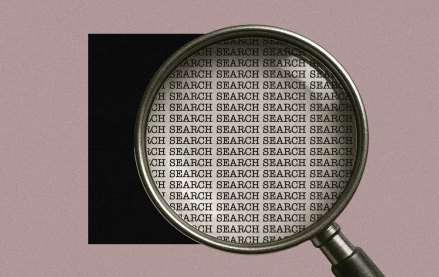Register by Jan 13 to save on passes and connect with marketers from Uber, Bose and more
Intent vs. Social: There’s a question hanging over social media: Will personal relationships ever be as powerful as intent, at least when it comes to its role as an advertising signal? Judging by the valuations assigned to companies like Facebook, the answer is clearly yes. But Facebook has such a massive audience that it could make money off this in any number of ways. Search is unique. It is, in the words of ex-Yahoo CEO Terry Semel, “a beautiful system.” Google was able to return to us exactly what we’re looking for. The advertising problem, while not trivial, is pretty straightfoward. Intent-based ad signals have proven very valuable. Network connections are trickier. Jonathan Mendez, CEO of Yieldbot, reacted with a terse “bullshit” to the notion put forth by Buddy Media on the heels of its funding valuing it at $500 million that we’re moving from an intent-based world to a people-based world. Mendez points out that Google grew its revenue more in comparison to a year ago than Facebook is forecast to bring in this entire year. It’s clearly early, so that should change. Few expect the people-based world to replace search. But it should take away the prominence of its role as an information gatekeeper. Whether it’s monetized as effectively, that’s another story.
Quote of the Day: Yahoo’s ill-fated “It’s You” ad campaign is gone but not forgotten. One Business Insider reader summed it up thusly: “Calling the ‘It’s You’ campaign ‘horrible’ is like calling the Titanic a minor boating accident.”
Groupon Blues: Things move fast in the Web-darling world. Groupon has gone from digital wunderkind to posterboy for the bubble in a blink of an eye. The latest salvo against its business model comes from the Harvard Business Review. Keep in mind Groupon has already been termed a “Ponzi scheme,” so it should have pretty thick skin at this point. HBR is more gentle, simply saying it doesn’t have a viable business model. The problem, in HBR’s point of view, is Groupon hasn’t figured out how to turn a profit, yet it keeps expanding. HBR even brings up the dreaded Pets.com comparison.
More in Media

Future starts to sharpen its AI search visibility playbook
Future is boosting AI search citations and mentions with a tool called Future Optic, and offering the product to branded content clients.

Digiday’s extensive guide to what’s in and out for creators in 2026
With AI-generated content flooding social media platforms, embracing the messiness and imperfection of being human will help creators stand out in the spreading sea of slapdash slop.

Media Briefing: Here’s what media execs are prioritizing in 2026
Media executives enter 2026 weathered by disruption, but refocused on AI revenue, brand strength and video and creator opportunities.





